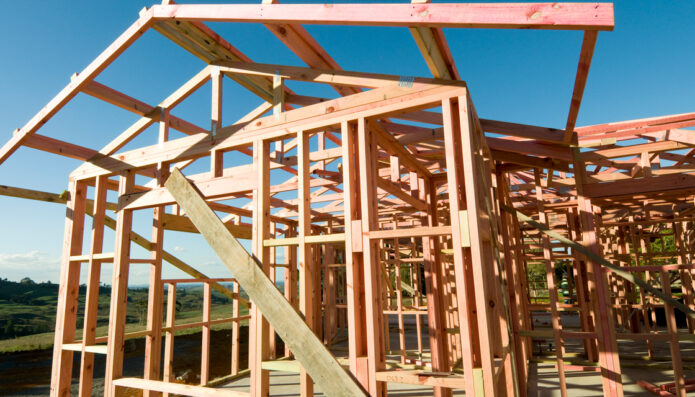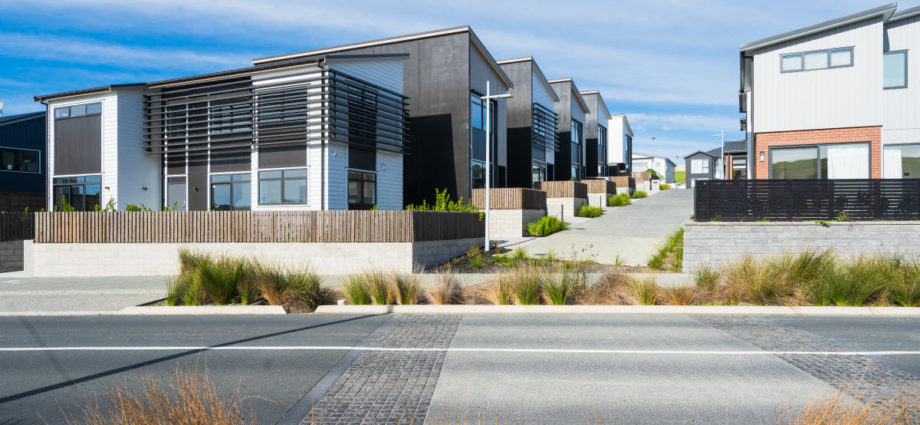PHOTO: Affordability at worst recorded levels in some provincial towns
Since the last bi-annual CoreLogic NZ Housing Affordability Report in August 2020, the economy and property market have undergone largely unexpected and dramatic upturns. As the recession has ended, unemployment has started to fall again, and average property values across New Zealand surged up by 6.1% in the final three months of the year, and by 11.1% in the whole of 2020.
Price-to-income ratio back to 2016 peak levels
The CoreLogic NZ Housing Affordability Report for Q4 2020 presented to government today shows the ratio of house price/value to income has grown further following the last report in Q2 2020, and is at its equal highest since data-gathering began in 2004.
CoreLogic Senior Property Economist Kelvin Davidson says, “Although incomes have fared better than might have been expected given COVID, average household incomes have not kept pace with property value growth. Indeed, the latest Infometrics figures show a rise of just 1.3% in average household income in Q4 2020.
“The net result is that housing affordability has begun to deteriorate again on each of our four measures, and the growing ‘divide’ between the wealth of existing homeowners and those that are struggling to get their first home has quickly become a very hot political topic. To get the true picture of housing affordability in New Zealand you have to look at the price-to-income ratio, and based on the historical data we have, houses are as unaffordable as they’ve been at any time for at least 17 years, maybe longer.”
Nationally, the house price/value to income ratio climbed from 6.5 in Q3 2020 to 6.8 in Q4. That is the highest level since late 2016 (also 6.8), equalling the record since at least 2004. On the back of rapid growth in property values in the final few months of 2020, many local areas of the country have moved beyond cyclical highs.
The rare exception amongst the main centres has been Christchurch, says Mr Davidson: “The Christchurch market has been balanced for the past five to six years, with the right number of houses being built to meet population growth, certainly when you take into account high construction activity in the neighbouring areas in Selwyn and Waimakariri. This is a good test case for what happens when supply is allowed to adjust. Indeed, we are now seeing signs that people are recognising the relative affordability in Christchurch and considering it a better place to buy as an investor or owner-occupier.”
READ MORE VIA CORELOGIC
MOST POPULAR














